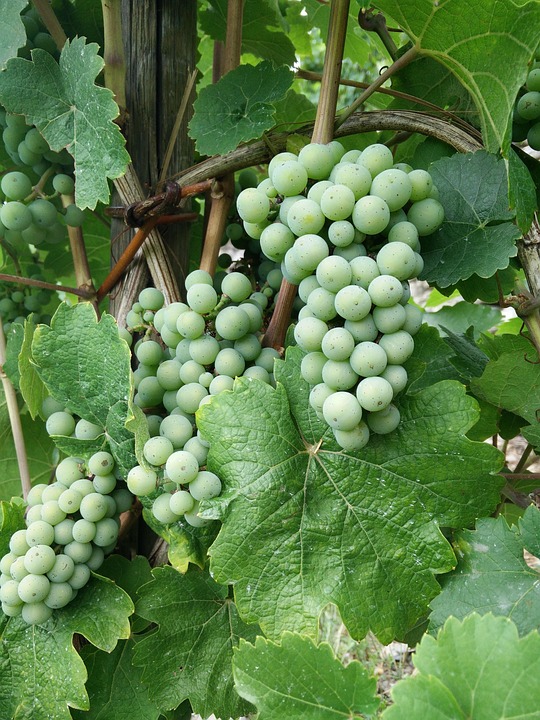Riesling Brands and Their Appeal to Younger Wine Drinkers
Introduction
Riesling is a versatile white wine grape variety that is known for its aromatic qualities and ability to produce a wide range of styles from bone dry to lusciously sweet. While Riesling has a loyal following among wine enthusiasts, it has struggled to gain traction among younger wine drinkers who tend to gravitate towards more trendy and well-known varietals like Sauvignon Blanc or Rosé. In this report, we will explore what Riesling brands can do to expand their appeal among younger consumers.
Understanding the Younger Wine Drinker Market
Younger wine drinkers, typically defined as individuals between the ages of 21-39, have different preferences and purchasing behaviors compared to older generations. They are more likely to seek out unique and innovative products, value authenticity and sustainability, and are active on social media platforms where they discover new brands and trends. To appeal to this demographic, Riesling brands must adapt their marketing strategies and product offerings accordingly.
Challenges Faced by Riesling Brands
One of the main challenges faced by Riesling brands in attracting younger consumers is the perception that Riesling is a sweet and outdated wine choice. Many Millennials and Gen Z drinkers prefer dry, crisp wines with a modern and stylish image. Additionally, Riesling may not have the same level of brand recognition as other varietals, making it harder for consumers to trust and explore new options.
Strategies for Expanding Appeal Among Younger Wine Drinkers
1. **Product Innovation:** Riesling brands can experiment with different styles and winemaking techniques to appeal to a wider audience. For example, producing a bone dry Riesling with high acidity and minerality can attract consumers who prefer a more austere wine profile.
2. **Label Design and Branding:** Younger consumers are drawn to visually appealing and modern label designs. Riesling brands can revamp their packaging to reflect a more contemporary and trendy aesthetic, making it stand out on the shelves and in social media posts.
3. **Digital Marketing:** Leveraging social media platforms like Instagram and TikTok can help Riesling brands reach a younger audience and engage with them in a more interactive and authentic way. Influencer partnerships and user-generated content can also create buzz around the brand.
4. **Education and Tastings:** Hosting virtual tastings or wine education events can help demystify Riesling for younger consumers and showcase its versatility and food-pairing potential. Providing tasting notes and food pairing suggestions on the label or website can also make it easier for consumers to navigate their choices.
Financial Data and Industry Insights
According to industry reports, the global Riesling market is projected to grow at a steady rate over the next few years, driven by increasing demand for premium and artisanal wines. While the market share of Riesling may be relatively small compared to other varietals, there is a growing interest in high-quality and terroir-driven Riesling wines among wine enthusiasts and sommeliers.
In terms of specific Riesling brands, companies like Dr. Loosen, Trimbach, and Egon Müller are well-known for their high-quality Riesling wines and have a strong presence in the market. These brands have successfully positioned themselves as leaders in the Riesling category and have garnered critical acclaim and consumer loyalty.
Conclusion
In conclusion, Riesling brands looking to expand their appeal among younger wine drinkers must focus on product innovation, branding, digital marketing, and education. By understanding the preferences and behaviors of this demographic and adapting their strategies accordingly, Riesling brands can attract a new generation of consumers and secure their position in the competitive wine market.




